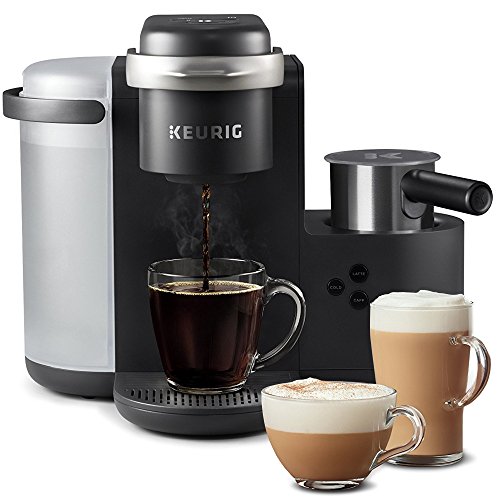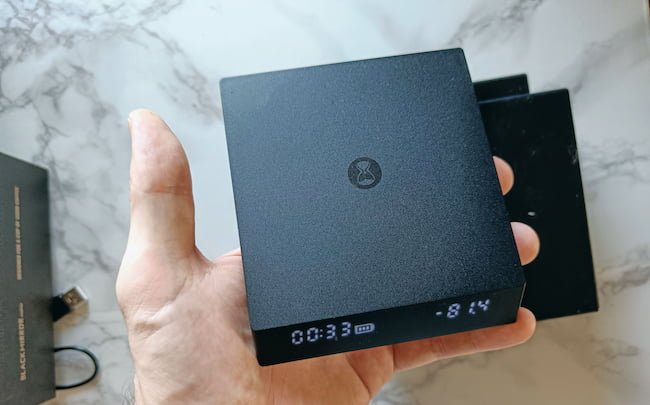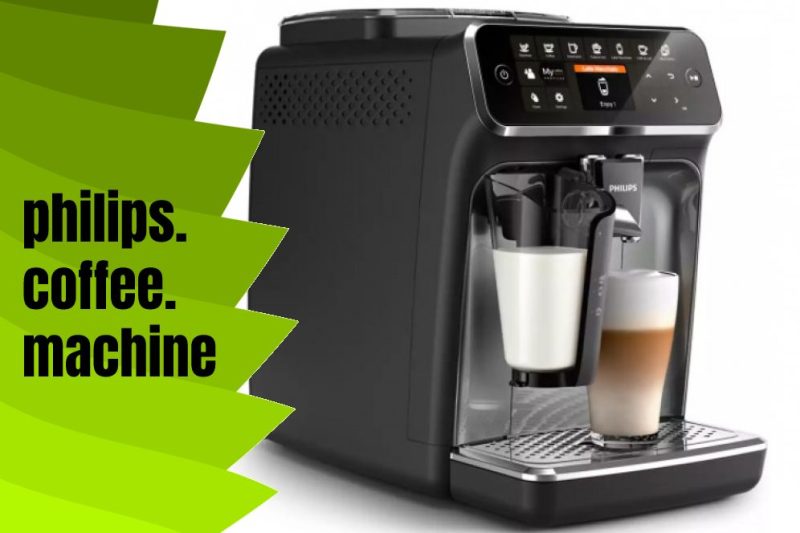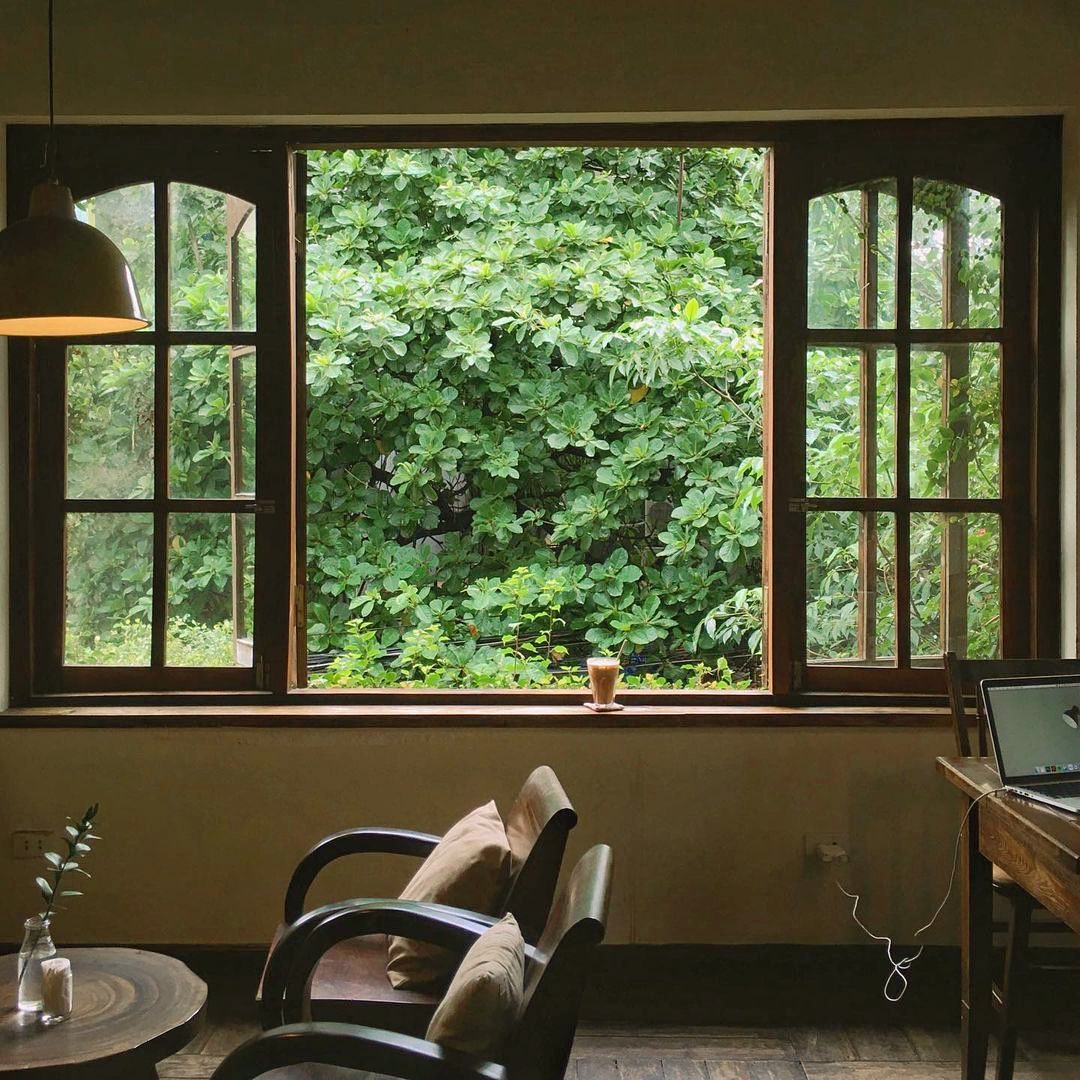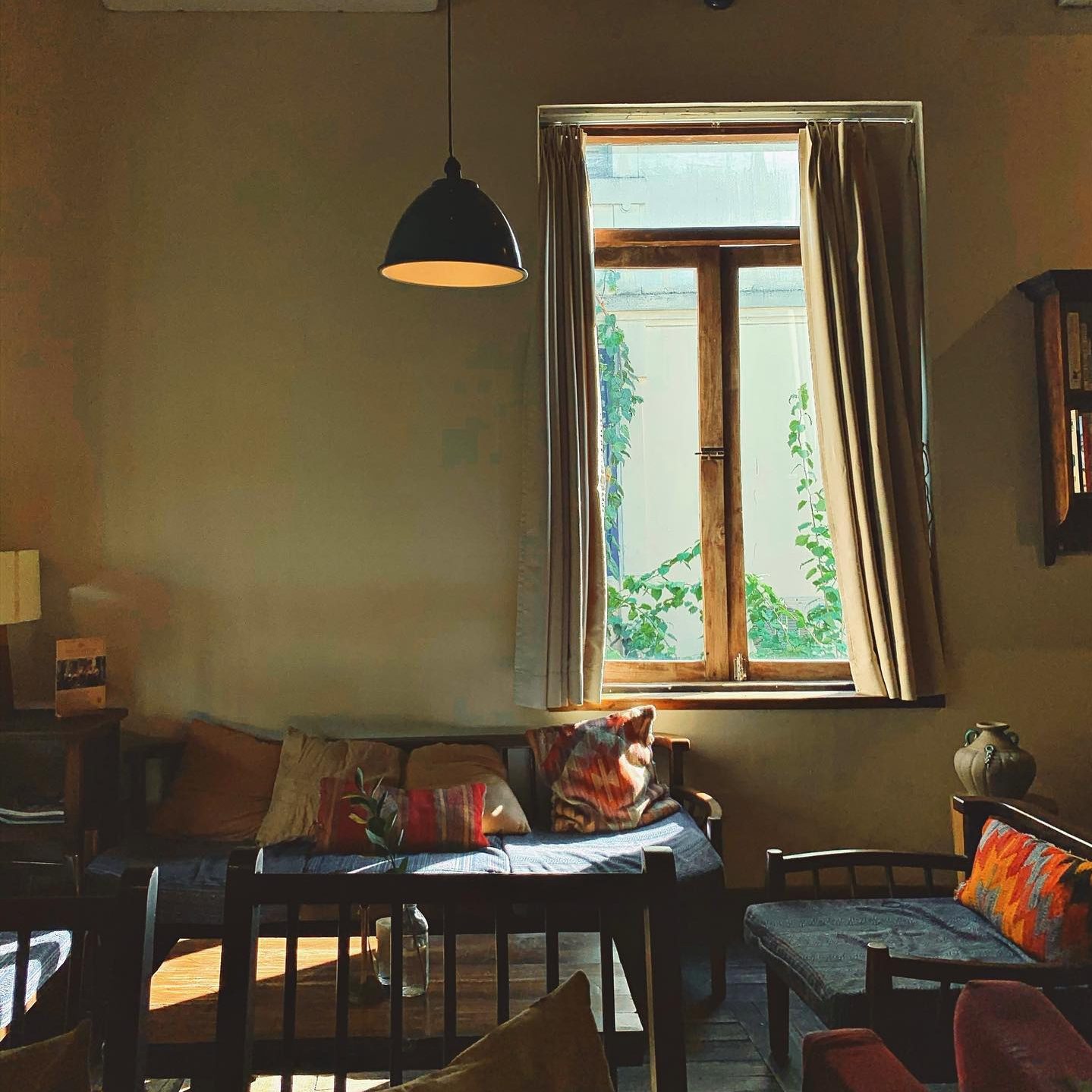Phin coffee is a classic type of coffee that has been around for centuries and remains a popular choice among coffee lovers worldwide. Unlike other methods such as Espresso, which use high pressure and finely ground coffee, phin coffee employs a simple traditional process to extract flavors and aromas, highlighting the unique characteristics of coffee beans.
Brewing phin coffee is an easily approachable method that can be done with basic tools and ingredients. Whether you are an experienced coffee connoisseur or someone new to exploring different brewing methods, phin coffee is an excellent choice to start with. It is also a simple yet quality coffee brewing method to enjoy at home without investing in expensive machines or accessories.
Furthermore, coffee offers a wide range of flavors and various brewing techniques. By learning about different brewing styles, you can discover how to experience and even adjust your own brewing method to suit your taste preferences.
Whether you are a coffee enthusiast or simply someone who enjoys a good cup of coffee, phin coffee is a topic worth exploring. It has a rich history, a variety of flavors and diverse brewing techniques, and is an option for a delightful coffee experience that should not be overlooked.”
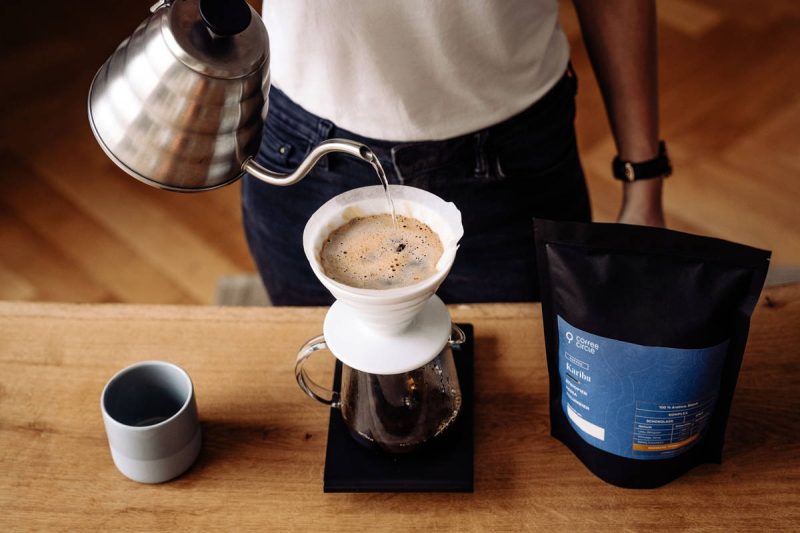
How is Phin Coffee Different from Other Types of Coffee?
“Phin coffee is a method of brewing coffee by pouring hot water over ground coffee placed in a filter chamber. As the hot water passes through the filter, it extracts the flavor and aroma of the coffee and flows into a pot or container placed underneath. Unlike other coffee brewing methods such as espresso, French press, or Turkish coffee, phin coffee relies on gravity to extract the coffee, rather than pressure or steeping.
- Espresso is made by forcing hot water through finely ground coffee at high pressure, resulting in a concentrated cup of coffee with a rich layer of crema on top.
- French press, also known as a cafetière or plunger, uses coarse ground coffee and hot water to steep the coffee similar to brewing tea, which is then filtered using a mesh screen to separate the coffee grounds from the liquid.
- Turkish coffee is brewed using a special pot called an Ibrik, typically made of copper or brass. The coffee is finely ground and then boiled with water on a hot sand tray, and then poured directly into a cup without filtering.
Compared to these methods, phin coffee offers the quality and precision of coffee beans, making it a popular choice for brewing coffee at home. Additionally, using a filter in the phin means that the coffee is free of sediment or oils, which makes it more suitable for a larger audience.”
The Historical and Cultural Context of Phin Coffee
Phin coffee has a rich and longstanding history, and it has become a popular brewing method in various cultures around the world.
- In Europe: Phin coffee gained popularity in the 18th century, thanks to the development of coffee makers made of porcelain and glass. The first coffee maker was invented by a German housewife named Melitta Bentz in 1908, who used a piece of paper soaked from her son’s schoolbook as a filter. This invention paved the way for the development of modern coffee filters, and automatic coffee makers became common in households and coffee shops worldwide.
- In the United States: Phin coffee has been an integral part of beverages and breakfast establishments for decades, often served in large carafes. The popularity of phin coffee was also fueled by the rise of specialty coffee shops and the emergence of the “third wave coffee” movement, focusing on the quality and origin of coffee beans, as well as brewing methods.
- In Vietnam: Phin coffee is an essential part of Vietnamese coffee culture. It has been popular since the 1800s and has become an icon of street culture and daily life for the people.
Phin coffee has a deep historical and cultural context. It emerged during the Vietnam War when American soldiers often drank coffee in the Western style using coffee makers. The Vietnamese people did not have access to coffee machines, so they invented the phin coffee, a simple and economical tool for brewing coffee.
Phin coffee is not just a beverage; it has become a symbol of unity and creativity among the Vietnamese people. It is reflected in stories, artworks, and even emotional photographs taken by the Vietnamese during the war.
Today, phin coffee remains popular and has become an icon of Vietnamese coffee culture and the art of coffee brewing. It is an indispensable part of daily life and is considered a part of the national identity.
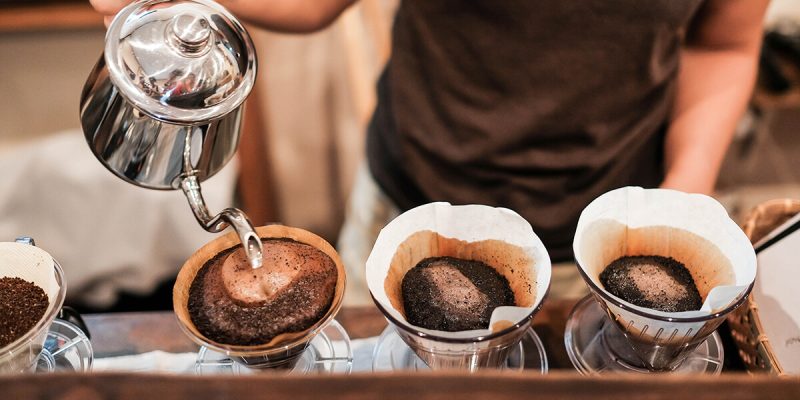
The Benefits of Phin Coffee Compared to Other Brewing Methods.
Phin coffee (filter coffee) has many advantages over other coffee brewing methods, which is demonstrated by its long-standing popularity among coffee enthusiasts. Some key benefits of phin coffee include:
- Natural: Phin coffee allows you to enjoy the natural flavor of coffee without any impurities. This brewing method maximizes the flavor and caffeine content of the coffee, providing a refreshing and invigorating experience.
- Simplicity: Phin coffee is a simple and easy brewing method that only requires basic equipment and ingredients. You just need coffee grounds, a phin filter, and hot water. This makes it a convenient and hassle-free option for brewing coffee at home, and it is also easy to clean after use.
- Cost-effective: Compared to other brewing methods like espresso, which require expensive machines and accessories, you can enjoy high-quality phin coffee at home at an affordable cost. With just a small coffee maker or a simple filter, which can be found in most kitchenware stores or online, you can start brewing phin coffee.
- Versatility: Phin coffee offers a variety of flavors and brewing techniques. By experimenting with different types of beans, grind sizes, and brewing methods, you can explore new ways to experience and evaluate coffee, even customizing the brewing method to suit your personal preferences.
- Consistency: Since phin coffee relies on gravity for extraction rather than pressure or immersion, it tends to produce a more consistent flavor profile. This means that each cup of coffee will have a similar taste and quality, which is important for those who want to enjoy a consistently satisfying cup of coffee.
- Health benefits: Phin coffee has been shown to have several health benefits, including reducing the risk of type 2 diabetes and liver diseases. This is because the filtration process removes coffee oils that can raise unhealthy cholesterol levels in consumers.
Scientific Research and Expert Opinions on Phin Coffee.
There have been numerous scientific studies and expert opinions discussing the benefits of phin coffee compared to other brewing methods. Some notable points include:
- Simplicity: A study published in the Journal of Food Science and Technology found that phin coffee is the easiest type of coffee to make, requiring fewer equipment and less time compared to methods like espresso. The study also noted that phin coffee is the most convenient choice for households and offices.
- Cost-saving: According to a report by the National Coffee Association, the average cost per cup of phin coffee brewed at home with a coffee maker is around 18 cents, compared to 60 cents for a single espresso shot. This makes phin coffee a more cost-effective choice for those who want to regularly enjoy high-quality coffee at home.
- Variety: Coffee expert James Hoffmann, author of “The World Atlas of Coffee,” states that phin coffee offers a wider range of flavors compared to any other brewing method. This is because the filter allows for a more refined coffee extraction, highlighting the delicate flavors and aromas of the coffee beans.
- Consistency: A study published in the journal Scientific Reports showed that phin coffee provides a more consistent extraction compared to French press or espresso, resulting in a cup of coffee with a more consistent flavor profile. The study noted that phin coffee also offers more versatility with variations in brewing temperature and coffee grind size.
- Health benefits: A comprehensive meta-analysis of 30 studies found that moderate coffee consumption is associated with a lower risk of developing type 2 diabetes. The analysis noted that phin coffee, with lower caffeine and coffee oil content compared to other types of coffee, is particularly beneficial in this regard.
The Most Popular Phin Coffee Brewing Method in Vietnam
Here is a step-by-step guide to brewing phin coffee, along with some tips to help you achieve the best cup:
- Choose the right coffee beans: Start by selecting high-quality freshly roasted coffee beans. Look for beans with a roast date on the packaging and use them within two weeks of that date to ensure maximum freshness and flavor. Experiment with different coffee bean varieties to find your preferred taste profile.
- Roast the coffee: Depending on your preferred brewing method, the roasting time may vary. Typically, coffee beans take around 4-5 minutes to roast.
- Grind the coffee beans: To brew phin coffee, you’ll need to grind the beans to a medium-fine consistency. This allows the water to flow through the coffee evenly, resulting in a well-extracted cup of coffee. If possible, use a burr grinder as it will produce more consistent grind sizes. The grind size should be similar to coarse sand.
- Heat the water: Next, heat water to the appropriate temperature for phin coffee. The ideal temperature is between 195-205°F (90-96°C). If you don’t have a thermometer, heat the water until it boils and let it cool for about 30 seconds before pouring it over the coffee.
- Prepare the filter: Place the filter paper in the phin coffee filter or filter cup and rinse it with hot water to remove any paper taste. This also preheats the brewing tool and removes any dust or impurities that may be present in the filter paper.
- Adding coffee: Measure the desired amount of coffee for your brewing device. A good starting point is a ratio of 1:16, which means one part coffee to 16 parts water. For example, for 16 ounces of water, use one ounce (or about 28 grams) of coffee.
- Pouring water: Begin by pouring a small amount of water over the coffee to wet the grounds and let them “bloom” for about 30 seconds. This releases trapped gases within the coffee grounds and ensures a more even extraction. Then, slowly pour the remaining water over the coffee in a circular motion, making sure to wet all the coffee grounds evenly. Monitor the drip time to adjust the brewing time or grind size if needed to achieve the desired flavor.
- Enjoying the coffee: After the brewing is complete, remove the filter and discard the used coffee grounds. Pour the coffee into your favorite cup or container and savor the flavors!
Some tips:
- Use high-quality coffee beans that are freshly roasted for the best flavor.
- Experiment with different grind sizes to find the right sweetness for your taste.
- Use a scale to measure your coffee and water for consistent results.
- Use water without impurities to ensure the most accurate flavor for your coffee.
- Store your coffee beans in a cool, dry place, away from light and moisture, to maintain their freshness.
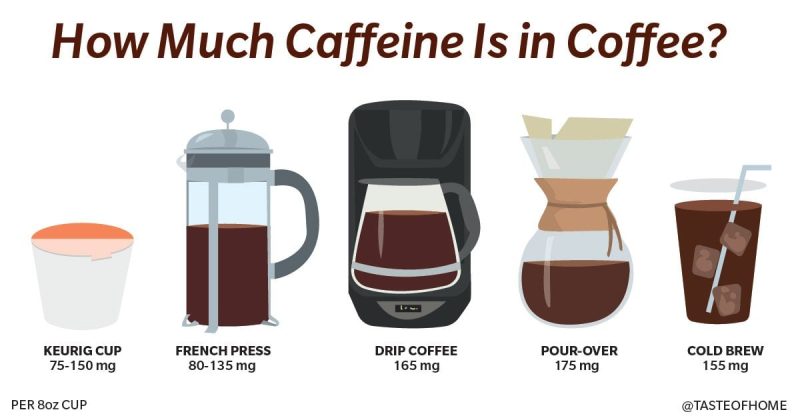
Các loại lọc khác nhau được sử dụng khi pha chế cafe phin
Different types of filters are used when brewing coffee with a phin (Vietnamese coffee filter):
Paper filters: Paper filters are the most common type of filters used for brewing coffee with a phin. They are typically made of white or unbleached paper and come in various sizes and shapes. Paper filters are disposable, making cleanup easy. They also help remove any unwanted flavors or oils from the coffee, resulting in a clean and transparent cup of coffee. However, paper filters can be expensive in the long run and generate a significant amount of waste.
Metal filters: Metal filters are made of stainless steel or other metal materials and are designed to be reusable. They are often made with mesh or perforated materials and are available in various sizes and shapes. Metal filters allow more oils and flavors from the coffee to pass through, resulting in a fuller-bodied and more aromatic cup of coffee. They are also environmentally friendly and can be a cost-saving option in the long run. However, metal filters can be challenging to clean and may leave some sediment in the coffee cup.
Cloth filters: Cloth filters are made of fine mesh material and can be reused multiple times. They are environmentally friendly and generate less waste compared to paper filters. Cloth filters allow more oils and flavors from the coffee to pass through, resulting in a fuller-bodied and more aromatic cup of coffee. However, they require regular cleaning and can be challenging to maintain hygiene.
Different Variations of Phin Coffee
Phin coffee is a popular brewing method worldwide and has various different variations. Here are some of the most common types of phin coffee that you may come across:
Drip coffee (also known as Pour-over Coffee) is a manual brewing method using simple tools and techniques, typically involving a filter and pouring water over the coffee. The brewing principle involves hot water passing through the coffee grounds and gravity pulling it down through the filter. The coffee grounds are retained at the top, resulting in a clean and flavorful brew. The pour-over coffee method requires manual control and precision, while drip coffee extraction can be achieved using automated tools.
French press coffee: French press is a brewing method that involves steeping coarsely ground coffee with hot water and then pressing the coffee through a metal filter using a plunger. This method produces a bold, strong cup of coffee with more sediment and oils compared to drip coffee.
Cold brew coffee: Cold brew coffee is made by steeping coarse ground coffee with cold water for an extended period, typically ranging from 12 to 24 hours. The result is a smooth, low-acid coffee that is perfect for hot summer days.
AeroPress coffee: AeroPress is a manual brewing device that uses air pressure to force water through finely ground coffee, often utilizing a paper filter. The result is a smooth and clean cup of coffee that can be customized to your taste preferences.
Different Variations of Phin Coffee and Brewing Tips
Below are some instructions and tips for brewing different types of coffee using various brewing methods, along with suggestions for customizing them to suit different tastes:
1. Drip coffee
- Start with a clean coffee maker and fresh cold water.
- Grind the coffee beans to a medium grind size and measure the appropriate amount of coffee.
- Place the coffee into a paper filter in the coffee maker.
- Add water and turn on the machine.
- Once the coffee is brewed, remove the coffee pot and enjoy.
Customization tips: You can adjust the strength of the coffee by changing the amount of coffee or water used. For a lighter cup of coffee, use less coffee or more water. For a stronger and bolder cup, use more coffee or less water.
2. Pour-over coffee
- Boil water and let it cool for about 30 seconds to 1 minute.
- Place a paper filter in the filter holder and add the coffee grounds.
- Pour a small amount of water over the coffee to wet it and let it “bloom” for about 30 seconds.
- Slowly pour the remaining hot water over the coffee in a circular motion.
- Once the coffee has finished brewing, remove the filter and enjoy.
Customization tips: You can adjust the strength and flavor of the coffee by changing the size of the roasted coffee beans, water temperature, and brewing time. Finely roasted coffee beans will result in a stronger cup, while coarsely roasted coffee beans will produce a lighter cup. Hot water will extract more flavor, while cold water will extract less.
3. French press coffee
- Boil water and let it cool for about 30 seconds to 1 minute.
- Add the ground coffee into the French press and pour in the hot water.
- Stir gently and let it steep for 4 to 5 minutes.
- Press down the plunger slowly to separate the coffee from the grounds.
- Pour the coffee into a cup and enjoy.
Customization tips: Changing the size of the roasted coffee beans, water temperature, and brewing time will yield different flavors. Longer steeping time will result in a stronger cup, while shorter steeping time will produce a lighter cup. You can also experiment with different coffee-to-water ratios to find the perfect balance for your taste buds.
4. Cold brew coffee
- Grind the coffee beans to a coarse size and place them in a large jar or pitcher.
- Add cold water and stir well.
- Cover the container tightly and let it sit at room temperature for 12 to 24 hours.
- Strain the coffee through a fine sieve or a cloth filter.
- Pour the coffee over ice into a glass and enjoy.
Customization tips: You can adjust the strength and flavor of the coffee by changing the coffee-to-water ratio and steeping time. Longer steeping time and higher coffee-to-water ratio will result in a stronger brew, while shorter steeping time and lower coffee-to-water ratio will produce a milder brew.
5. AeroPress coffee
- Boil water and let it cool for about 30 seconds to 1 minute.
- Place a paper filter in the AeroPress and add the ground coffee.
- Pour a small amount of water over the coffee grounds to wet them and let the coffee bloom for 30 seconds.
- Slowly pour the remaining water over the coffee grounds and press down on the plunger to force the coffee through the paper filter.
- Pour the coffee into a cup and enjoy.
In the previous content, we shared information about the various types of coffee made with a phin filter and tips for enjoying a delicious cup of coffee. If you found this article interesting, feel free to share it with others.


